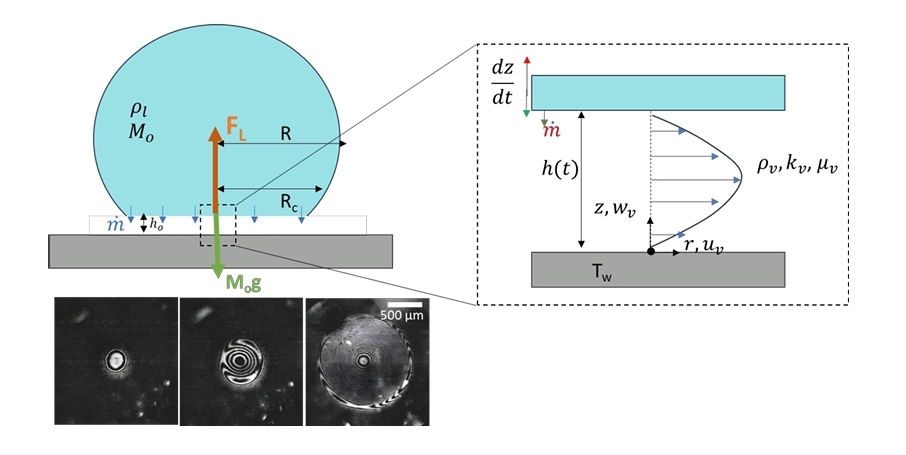<< ️Nonreciprocal interactions fundamentally alter the collective dynamics of nonlinear oscillator networks. Here (AA) investigate Stuart-Landau oscillators on a ring with nonreciprocal reactive or dissipative couplings combined with Kerr-type or dissipative nonlinearities. >>
<< ️Through numerical simulations and linear analysis, (They) uncover two distinct and universal pathways by which enhanced nonreciprocity drives spatiotemporal chaos. Nonreciprocal reactive coupling with Kerr-type nonlinearity amplifies instabilities through growth-rate variations, while nonreciprocal dissipative coupling with Kerr-type nonlinearity broadens eigenfrequency distributions and destroys coherence, which, upon nonlinear saturation, evolve into fully developed chaos. In contrast, dissipative nonlinearities universally suppress chaos, enforcing bounded periodic states. >>
<< ️(AA) findings establish a minimal yet general framework that goes beyond case-specific models and demonstrate that nonreciprocity provides a universal organizing principle for the onset and control of spatiotemporal chaos in oscillator networks and related complex systems. >>
Jung-Wan Ryu. Nonreciprocity induced spatiotemporal chaos: Reactive vs dissipative routes. arXiv: 2509.20992v1 [nlin.CD]. Sep 25, 2025
Also: network, instability, chaos, in https://www.inkgmr.net/kwrds.html
Keywords: gst, networks, instability, chaos, nonreciprocity, nonreciprocal interactions, nonreciprocal reactive-- dissipative couplings.













